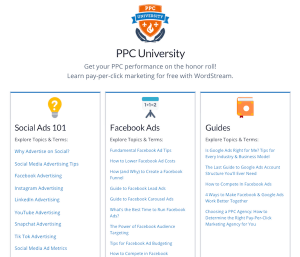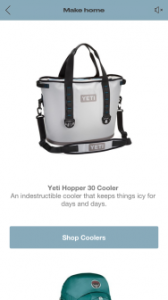
From the hundreds of surveys, polls, and studies published each year on ecommerce, one thing is clear: offering the right shipping rates and options to your customers is crucial to your success as a retailer.
Getting this piece right can make the difference between losing a customer if you charge too much and losing your shirt if you charge too little. And it’s not just cost that makes a difference. Offering the right shipping options to your customers at the right times plays a critical role in reducing cart abandonment and increasing revenue.
Taking full control of your shipping means that you can offer the lowest shipping rates possible, still cover your costs, and offer the options your customers want. Here’s how to properly think through what you can offer, including when and why, to maximize sales and decrease costs.
What to Consider
The most important factors to consider when taking control of your shipping can be broken down into three areas:
- Product size and weight: What’s the difference in size and weight from your smallest, lightest SKUs to your largest, heaviest SKUs?
- Shipping destinations: Where are you shipping to –– domestic or international?
- Shipping options: What are the best shipping services or carriers for your unique needs?
Product Size and Weight
The first of these, product size and weight, is often the easiest to get your head around and has the biggest impact on the approach you take. If your products are relatively uniform, then going with a per-item, zone-based approach, where the shipping price varies by your customer’s location and not by product size or weight, can work well. This is also a great place to build easy to understand promotions like $ 10 shipping per order, $ 5 shipping per item or even free shipping over $ 50.
For many retailers, however, sizes and weights vary widely among their product set. If you’re one of these, getting rates directly from a carrier like UPS, DHL, Australia Post or others can be a great way to ensure the rates you’re offering to your customers are the best possible rates. The important thing to focus on here is making sure your products have accurate weights and dimensions so that the rate you get back from a carrier is as accurate as possible.
Break your products into groups and focus on getting product weights and dimensions for the heaviest or largest 20% and smallest or lightest 20%. This will have the biggest effect on your shipping rates and offer the best return on investment.
Shipping Destinations
The second consideration, shipping destinations, can be just as crucial as product dimensions and weight. Again, in a simpler scenario like domestic shipping, a flat-rate or free shipping option can work well here. Alternately, step it up a bit and set rates based on zones. For example, if you’re located in New York, offer a cheaper rate for the mid-Atlantic region and increase the rate as you radiate out from there.
Shipping internationally normally necessitates getting a rate straight from a carrier like the USPS, DHL or others. Rates can vary significantly even in neighboring countries and it’s difficult to build your own rates for these scenarios.
Shipping Options
Finally, managing the shipping options that you offer gives you the chance to delight customers and keep costs in check. Look beyond the big-name carriers and you’ll find a world of opportunity to offer same day delivery, next day delivery or timely and cost-effective delivery for even the largest items.
In major cities, you’ll often find local delivery and courier companies that will deliver more quickly to your customers than the big carriers at very competitive rates. If you’re shipping especially large items or do a lot of large B2B shipments, using an LTL (Less Than Truckload) freight carrier becomes a necessity.
Local couriers often don’t offer a way to fetch rates in real time for shipments, but it can be worth your while to build up a table of rates based on number of items or weight in order to offer these options to your customers. LTL freight carriers do often allow real-time rating, so connecting one of these to your store can be quick and easy. Other options like free in-store pickup are also great additions to your stable of options, and have a myriad of additional benefits.
The important thing when looking at any alternate delivery option is to make sure that you control when and where it’s shown. If you’re based in Sydney, you probably don’t want to show your local delivery courier as an option for a customer from Paris. The same can be said for showing an LTL freight carrier as an option for someone who orders a single t-shirt.
Conclusion
Taking control of your shipping ensures that you aren’t leaving money on the table or risking your success by charging too little. Even small changes here can pay enormous dividends in cart conversion, controlling shipping costs, and delighting customers.
Business & Finance Articles on Business 2 Community(53)





